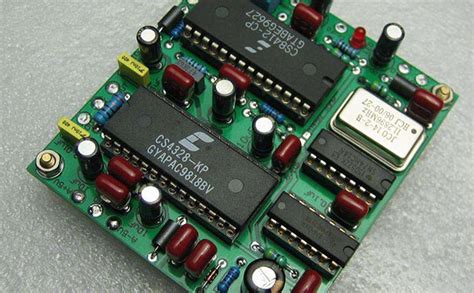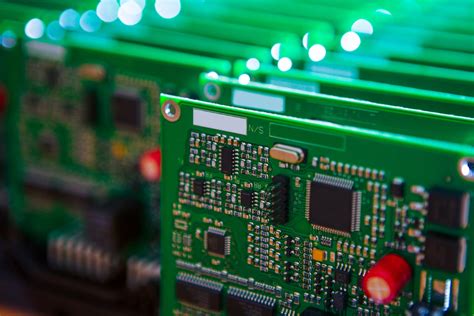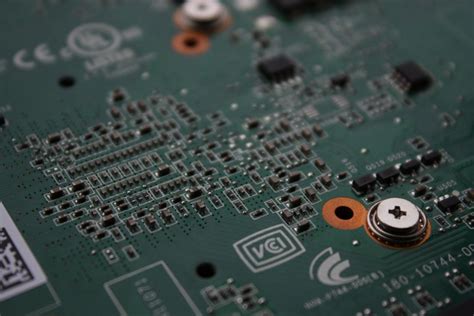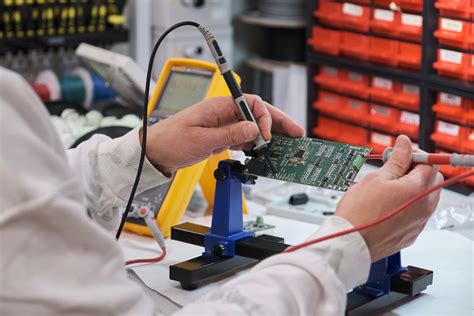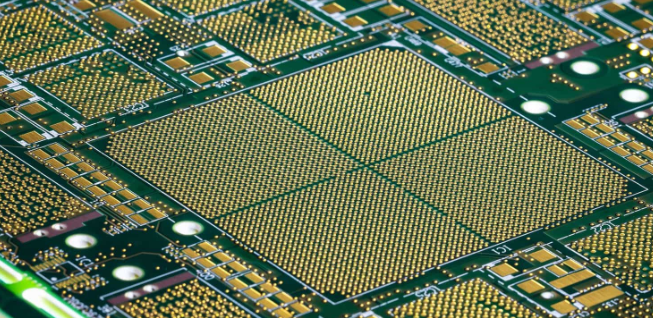HDI PCB Advancements in Electronics Manufacturing Technology

Key Takeaways
The landscape of PCB manufacturing is witnessing transformative changes with the advent of HDI PCB technology. As you delve into the world of high-density interconnects, it’s essential to recognize how these advancements directly impact your projects. The integration of microvias has played a crucial role in reducing the size of electronic components while enhancing circuitry density. This development enables the creation of smaller and more efficient devices that meet the increasing demands for portability and performance.
Moreover, understanding the mechanics behind HDI PCB production can help you evaluate options when searching for reliable PCB manufacturing companies. As you navigate this sector, consider factors such as quality, technological capabilities, and cost-efficiency—elements that contribute significantly to PCB manufacturing cost. In particular, being aware of various manufacturing challenges is important; addressing these can streamline your processes and optimize production.
The evolution in materials used in HDI PCB fabrication enhances not only performance but also durability, offering a competitive edge in your PCB manufacturing business. With an eye on future trends, staying informed will empower you to make strategic decisions that align with emerging technologies. Utilizing this knowledge will facilitate partnerships with leading PCB manufacturing companies and bolster your ability to deliver cutting-edge electronic solutions. The implications for increased functionality at reduced sizes cannot be overstated as they promise exciting opportunities within your projects.

Introduction to HDI PCB Technology
High-Density Interconnect (HDI) PCB technology represents a significant evolution in the realm of electronics manufacturing. As you delve into the intricacies of this technology, it’s essential to grasp how HDI PCBs revolutionize the conventional landscape of PCB manufacturing. These advanced boards utilize microvias, which are substantially smaller than traditional vias, facilitating increased routing density and allowing for the implementation of more compact layouts. This innovation significantly affects how you perceive pcb manufacturing companies, as they now possess the capability to produce more intricate designs that cater to today’s demand for smaller yet more powerful electronic devices.
The benefits extend beyond just design; understanding pcb manufacturing cost becomes increasingly important as companies strive for efficiency while maintaining high standards. As a growing pcb manufacturing business, keeping abreast of these advancements ensures that your products remain competitive in a rapidly evolving marketplace. By investing in HDI technology, you can offer cutting-edge solutions that meet consumer expectations for enhanced performance and compactness in electronic devices. The implications for both manufacturers and consumers are profound, and this landscape will continue to evolve as innovations push boundaries further. For more detailed insights into PCB advancements and services, consider exploring resources from various industry experts at Andwin.

Understanding Microvias and Their Role in HDI Designs
In the realm of HDI (High-Density Interconnect) PCB designs, microvias hold significant importance, serving as the backbone for many advancements in electronics manufacturing. You may wonder how these tiny structures can impact the entire process of PCB manufacturing. Microvias are smaller than traditional vias and are utilized primarily to create effective connections between multiple layers of circuitry in a compact space. This innovation allows for an increase in circuitry density, which directly contributes to the development of smaller, more efficient devices that are essential for today’s market demands.
When choosing between different PCB manufacturing companies, it’s crucial to consider how skilled they are in implementing microvia technology. A deeper understanding of microvias can also help you estimate the PCB manufacturing cost, as these advanced techniques often involve specialized tools and processes, which may vary across manufacturers. By embracing microvias, manufacturers can streamline production schedules and improve their PCB manufacturing business strategies. This means you can expect a more agile and responsive production cycle that adapts to your electronics design needs while ensuring high-quality results.
Additionally, microvias allow designers like you to optimize signal integrity and reduce potential electrical interference—two critical factors when developing cutting-edge electronic solutions. So next time you’re evaluating your options or discussing projects with PCB manufacturing firms, consider how their expertise with microvias might contribute to achieving your project goals efficiently and effectively.
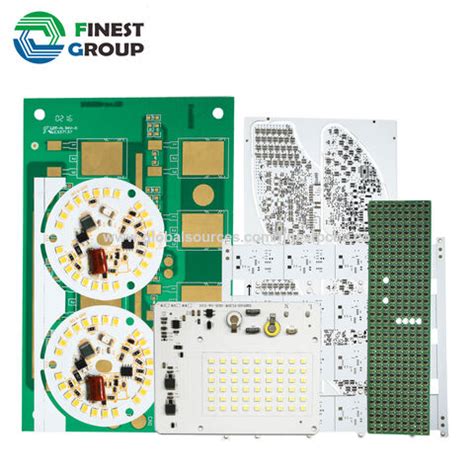
Enhanced Circuitry Density: Driving Tiny Electronics Forward
The rise of HDI PCBs (High-Density Interconnect Printed Circuit Boards) has significantly transformed the landscape of electronics manufacturing. With increased circuitry density, these advanced designs enable you to create smaller and more powerful electronic devices. By employing techniques such as microvias, HDI PCB technology optimizes space, allowing for a greater number of connections in a compact area. As you explore the options provided by different pcb manufacturing companies, you’ll find that this enhanced circuitry density directly influences the pcb manufacturing cost. More efficient designs lead to fewer materials used and decreased waste, effectively tightening production budgets while simultaneously pushing the boundaries of innovation.
Additionally, achieving higher circuitry density often involves intricate layer stacking, which presents both opportunities and challenges in the pcb manufacturing business. The increased demand for smaller but more capable electronic devices means manufacturers must adopt cutting-edge processes. It’s important for you to recognize that this evolution requires collaboration between various stakeholders in the industry to overcome common hurdles such as signal integrity and thermal management.
"Investing in quality HDI PCB technology is vital for staying competitive in today’s fast-paced electronics market."
As a savvy professional navigating this landscape, your insight into selecting efficient and cost-effective pcb manufacturing solutions can greatly enhance your project outcomes, ultimately driving innovation in tiny electronics design forward.
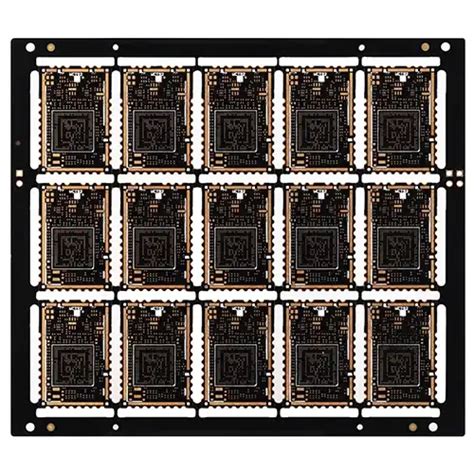
Manufacturing Challenges and Solutions in HDI PCBs
In the rapidly evolving landscape of HDI PCB technology, you may encounter several manufacturing challenges that can impact the efficiency and cost-effectiveness of your projects. One primary concern for PCB manufacturing companies is the intricate nature of microvias and the increased circuitry density that HDI designs demand. These features, while enabling more compact circuit boards, can elevate the PCB manufacturing cost due to their complexity. To address these challenges, many manufacturers are investing in advanced machinery and innovative techniques that streamline production processes. This investment not only reduces costs but also increases reliability in product output. Solutions like automated inspection systems and enhanced quality control measures are being implemented to ensure that even the smallest designs meet stringent standards. Moreover, fostering collaboration between PCB manufacturing businesses allows knowledge sharing and resource pooling, which can lead to enhanced innovation in HDI technologies. By being aware of these challenges and embracing effective solutions, you position your projects for success in a competitive market while capitalizing on the benefits these advanced designs offer.

Innovations in HDI PCB Materials for Improved Performance
Innovative materials play a pivotal role in the evolution of HDI PCBs (High-Density Interconnect Printed Circuit Boards) by enhancing the overall performance and reliability of electronic devices. As you delve into the world of pcb manufacturing, it becomes evident that selecting the right materials is crucial for achieving optimal results. Advanced substrates, such as low-loss dielectric materials, are being increasingly adopted to reduce signal loss while maintaining compact designs. These materials not only improve thermal management but also contribute to lowering pcb manufacturing cost, making them a popular choice among pcb manufacturing companies. Innovations in surface finish technologies, like HASL and ENIG (Electroless Nickel Immersion Gold), further enhance solder joint reliability and compatibility with modern components. Furthermore, integrating materials with enhanced mechanical properties allows for greater flexibility in design while ensuring durability—a key factor as electronic devices continue to shrink in size. As you explore various options within the pcb manufacturing business, consider how these advancements in materials can significantly impact your projects by enabling smaller, more efficient products that meet today’s demanding technological standards.
Case Studies: Real-World Applications of HDI Technology
In examining the advancements in HDI PCB technology, it’s essential to look at tangible examples that highlight its significance in the electronics manufacturing sector. Companies engaged in pcb manufacturing have increasingly integrated HDI techniques into their processes, demonstrating enhanced efficiency and functionality. For instance, a leading pcb manufacturing company developed a compact wearable device utilizing microvias within its design, enabling a high level of circuitry density while maintaining a small form factor. This innovation significantly reduced the overall pcb manufacturing cost, allowing for better market competitiveness. Another case involved an automotive giant that required lightweight electronic components for their vehicles; they turned to HDI technology to create complex circuits that fit into restricted spaces without compromising performance. These examples underline how pcb manufacturing businesses can harness the benefits of HDI technology to meet consumer demands for smaller, more efficient devices while navigating the challenges of modern electronics design and production. As you reflect on these cases, consider how your organization might leverage similar advancements in your own projects.
Future Trends in HDI PCB Development and Electronics Manufacturing
As the electronics industry continues to evolve, you may find that the focus on HDI PCB (High-Density Interconnect Printed Circuit Board) advancements is critical for staying ahead in pcb manufacturing. The increasing demand for smaller, lighter, and more efficient devices drives innovation in pcb manufacturing companies, pushing boundaries in both design and material technologies. One significant trend is the integration of advanced microvia technologies, which are increasingly used to facilitate denser circuit layouts while reducing pcb manufacturing costs. You might observe that innovative materials are also emerging, allowing for improved thermal management and reliability in rugged applications. This shift toward pcb manufacturing business models that prioritize sustainability means you will likely see a higher adoption of eco-friendly materials and processes. As these trends converge, your ability to leverage advancements will not only refine your products but also position your organization as a leader in the competitive landscape of electronics manufacturing. Understanding these upcoming trends can provide you with an insightful perspective on where HDI PCB technology is headed, thus enhancing your strategic decisions in this rapidly changing field.
Conclusion
As you reflect on the advancements in HDI PCB (High-Density Interconnect Printed Circuit Board) technology, it becomes evident that these innovations significantly impact your experience in electronics manufacturing. The development of microvias and enhanced circuitry density has revolutionized the way PCB manufacturing companies approach design. In turn, this complexity allows for the creation of smaller, more efficient electronic devices that meet today’s consumer demands. Moreover, navigating the challenges associated with PCB manufacturing cost is essential for businesses aiming to remain competitive in this fast-paced industry. By optimizing processes and adopting new materials, you can substantially reduce overall expenses while improving performance. For your PCB manufacturing business, recognizing these trends and advancements will be crucial as you strive to deliver cutting-edge solutions that cater to evolving market needs. Tracking innovations and maintaining flexibility in your production methods will not only enhance your product offerings but also solidify your position within this dynamic landscape.
FAQs
What is HDI PCB technology?
HDI PCB technology refers to High-Density Interconnect Printed Circuit Boards that utilize advanced design features such as microvias and increased circuitry density. This technology enables the production of compact and efficient electronic devices.
How do microvias contribute to HDI designs?
Microvias are small holes that connect different layers of a PCB, allowing for more efficient routing of signals. Their introduction significantly reduces the pcb manufacturing cost by optimizing space and enhancing performance.
What manufacturing challenges do HDI PCBs present?
The pcb manufacturing business faces challenges such as precision drilling of microvias, maintaining material integrity, and ensuring reliable connections in high-density designs. Addressing these challenges is crucial for successful production.
Are there innovations in materials for HDI PCBs?
Yes, recent innovations include using advanced laminates and substrates that improve thermal management and electrical performance. These materials are essential for meeting the demands of modern electronics.
What are some real-world applications of HDI technology?
HDI technology is widely used in smartphones, tablets, and wearable devices, where space is a premium. Companies specializing in pcb manufacturing companies leverage this technology to deliver high-performance products.
To learn more about how you can enhance your knowledge in pcb manufacturing, please click here: Andwin PCB Manufacturing.


